Scientific name Scincidae Rank Family | Phylum Chordata Superfamily Scincoidea | |
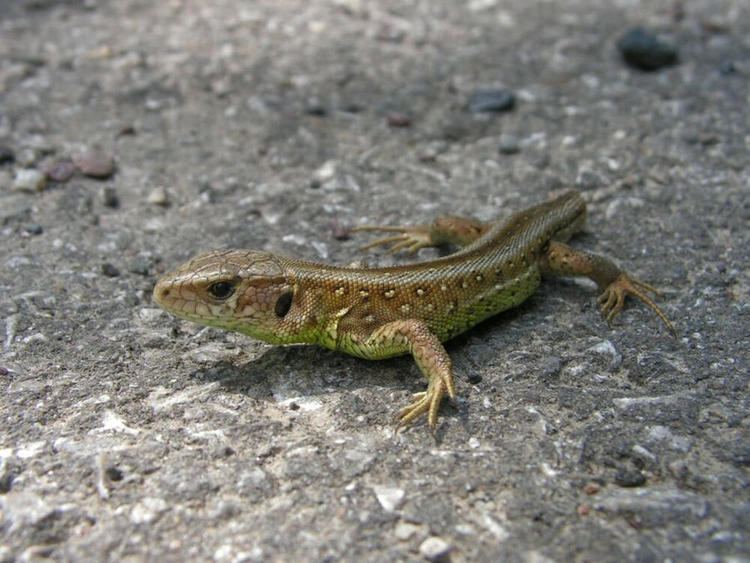 | ||
Length Blotched blue-tongued lizard: 35 – 50 cm Lower classifications | ||
6 cool facts about blue tongued skinks pet reptiles
Skinks are lizards belonging to the family Scincidae and the infraorder Scincomorpha. With more than 1,500 described species, the Scincidae is one of the most diverse families of lizards.
Contents
- 6 cool facts about blue tongued skinks pet reptiles
- 3 care tips for blue tongued skinks pet reptiles
- Description
- History
- Diet
- Behaviour
- Habitat
- Breeding
- Nesting
- Predators
- Genera
- Blood color
- References
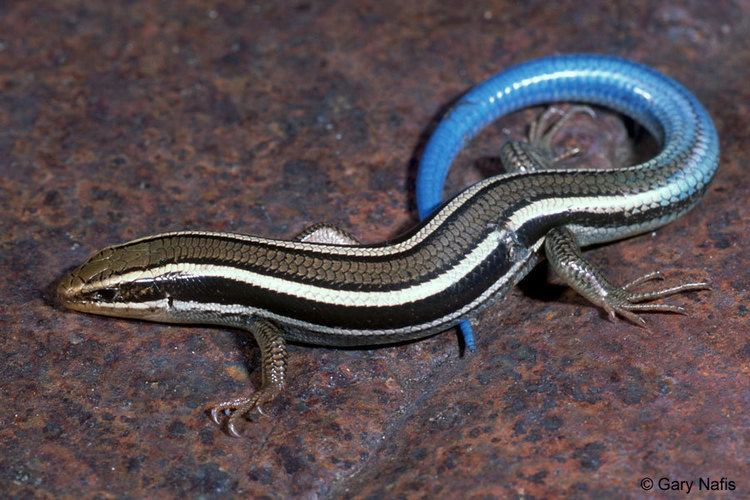
3 care tips for blue tongued skinks pet reptiles
Description
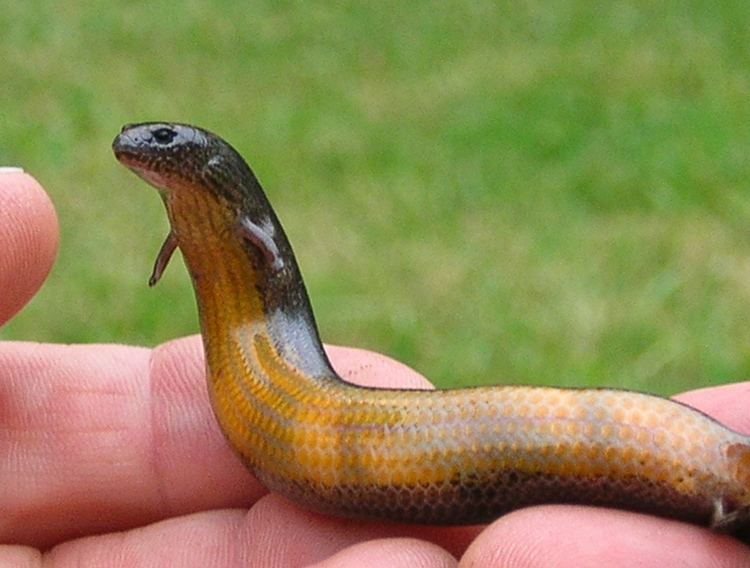
Skinks look roughly like true lizards, but most species have no pronounced neck and their legs are relatively small; several genera (e.g., Typhlosaurus) have no limbs at all. Other genera, such as Neoseps, have reduced limbs and with fewer than five toes (digits) on each foot. In such species, their locomotion resembles that of snakes more than that of lizards with well-developed limbs. As a general rule, the longer the digits, the more arboreal the species is likely to be. A biological ratio can determine the ecological niche of a given skink species. The Scincidae ecological niche index is a ratio based on anterior foot length at the junction of the ulna/radius-carpal bones to the longest digit divided by the snout-to-vent length.
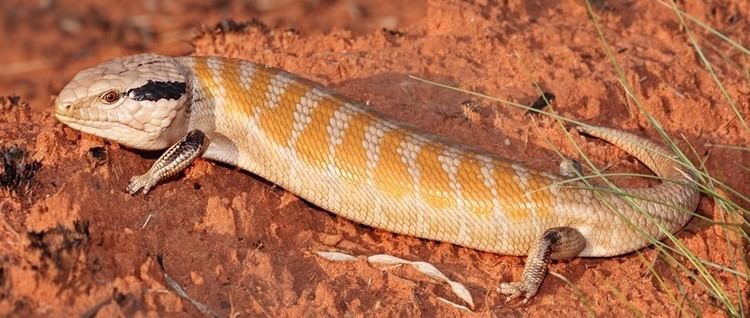
Most species of skinks have long, tapering tails they can shed if predators grab onto them. Such species generally can regenerate the lost part of a tail, though imperfectly. Species with stumpy tails have no special regenerative abilities.
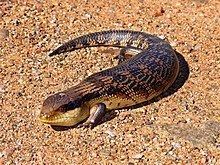
Some species of skinks are quite small; Scincella lateralis typically ranges from 7.5 to 14.5 cm (3.0 to 5.7 in), more than half of which is the tail. Most skinks, though, are medium-sized, with snout-to-vent lengths of about 12 cm (4.7 in), although some grow larger; the Solomon Islands skink (Corucia zebrata) is the largest known extant species and may attain a snout-to-vent length of some 35 cm (14 in).
History
Skink-like lizards first appear in the fossil record about 140 million years ago, during the early Cretaceous, mostly jawbones that appear very skink-like. Definitively skink fossils appear later, during the Miocene period.
The word "skink" comes from classical Greek skinkos, a name that referred to various specific lizards of the region.
Diet
Skinks are generally carnivorous and in particular insectivorous. Typical prey includes flies, crickets, grasshoppers, beetles, and caterpillars. Various species also eat earthworms, millipedes, snails, slugs, isopods and Moths and other lizards, and small rodents. Some species, particularly those favored as home pets, have more varied diets and can be maintained on a regimen of roughly 60% vegetables/leaves/fruit and 40% meat (insects and rodents).
Behaviour
A trait that is apparent in nearly all species of skink is a love of digging and burrowing. Most spend their time underground where they are mostly safe from predators, sometimes even digging out tunnels for easy navigation. They also use their tongues to sniff the air and track their prey. When they encounter their prey, they chase it down until they corner it or manage to land a bite and then swallow it whole.
Habitat
As a family, skinks are cosmopolitan; species occur in a variety of habitats worldwide, apart from boreal and polar regions. Various species occur in ecosystems ranging from deserts and mountains to grasslands.
Many species are good burrowers. More species are terrestrial or fossorial (burrowing) than arboreal (tree-climbing) or aquatic species. Some are "sand swimmers", especially the desert species, such as the mole skink or sand skink in Florida. Some use a very similar action in moving through grass tussocks. Most skinks are diurnal (day-active) and typically bask on rocks or logs during the day.
Breeding
Although most species of skinks are oviparous, laying eggs in clutches, some 45% of skink species are viviparous in one sense or another. Many species are ovoviviparous, the young developing lecithotrophically in eggs that hatch inside the mother's reproductive tract, and emerging as live births.
In some genera however, such as Tiliqua and Corucia, the young developing in the reproductive tract derive their nourishment from a mammal-like placenta attached to the female – unambiguous examples of viviparous matrotrophy. Furthermore, an example recently described in Trachylepis ivensi is the most extreme to date: a purely reptilian placenta directly comparable in structure and function, to a eutherian placenta. It is clear that such vivipary repeatedly has developed independently in the evolutionary history of the Scincidae and that the different examples are not ancestral to the others. In particular, placental development of whatever degree in lizards is phylogenetically analogous, rather than homologous to functionally similar processes in mammals and the two have nothing to do with each other.
Nesting
Skinks typically seek out sheltered environments out of the elements, such as thick foliage, underneath man-made structures, and ground-level buildings such as garages and first-floor apartments. When two or more skinks are seen in a small area, it is typical to find a nest nearby. Skinks are considered to be territorial and often are seen standing in front of or "guarding" their nest area. If a nest is nearby, one can expect to see 10-30 lizards within the period of a month. In parts of the southern United States, it is quite common to find nests within houses and apartments, especially along the coast.
Predators
Raccoons, foxes, possums, snakes, coatis, crows, cats, dogs, herons, hawks, lizards, and other predators of small land vertebrates also prey on various skinks. This can be troublesome, given the long gestation period for some skinks, making them an easy target to predators like the mongoose which often threaten the species to at least near extinction, such as the Anguilla Bank Skink Lizard.
Genera
Many large genera, Mabuya for example, are still insufficiently studied, and their systematics is at times controversial, see for example the taxonomy of the western skink, Eumeces skiltonianus. Mabuya in particular is being split, many species being allocated to new genera such as Trachylepis, Chioninia, and Eutropis.
Blood color
Skinks in the genus Prasinohaema have green blood because of a buildup of the waste product biliverdin.
